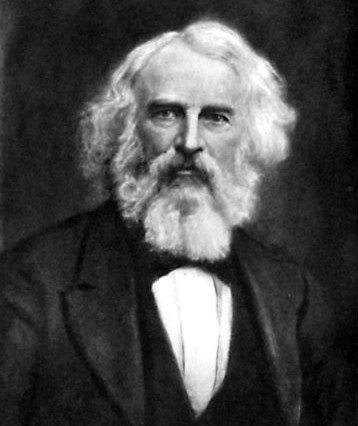Introduction
This poem by America’s Maine-born and favorite “Fireside Poet,” Henry Wadsworth Longfellow (1805–82), was one of his last, appearing first in the Atlantic in June 1882, several weeks after his death. Like Mary B. C. Slade’s “Soldier’s Memorial Day”, it speaks of decorating the graves of fallen soldiers. But it does so less floridly, and to different effect.
What is the mood and tone of this poem? Why according to this poem is Decoration Day important to the dead? What is the danger to which the rest of the dead is still subject? How well can the thoughts of men—expressed in poems like this—keep them from this danger? In the previous selection, the song invokes the brothers “looking down from the hills of God” to see our “changeless love.” Is there any reference to an afterlife in this poem? Is there a kind of afterlife in memory?



Post a Comment